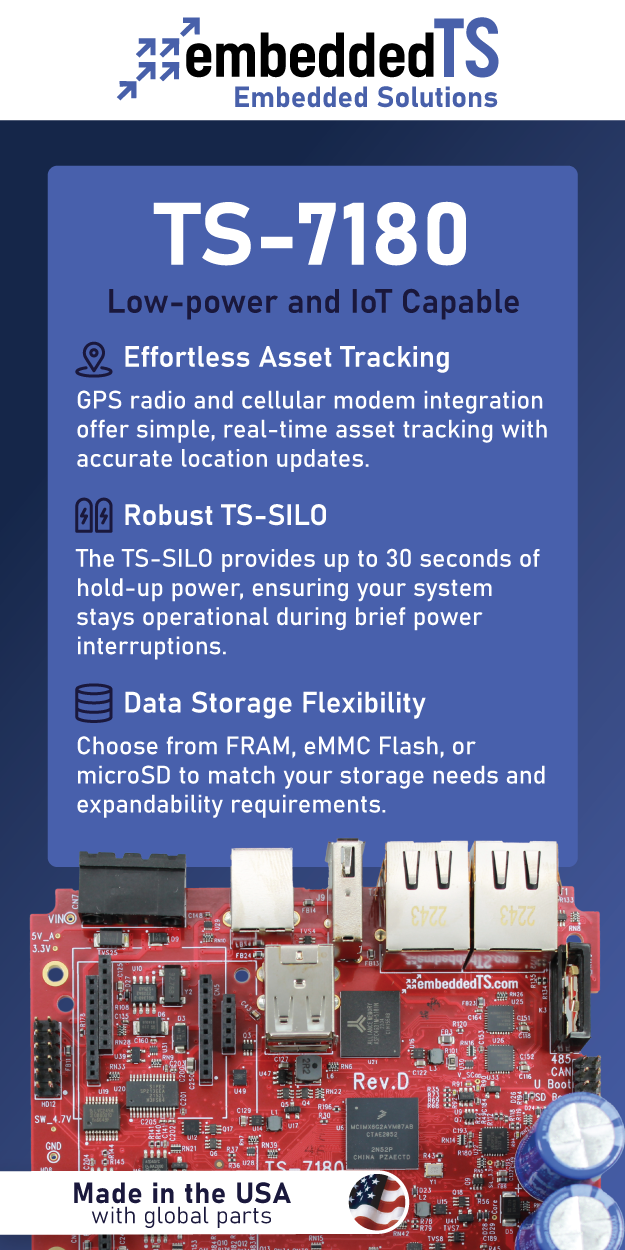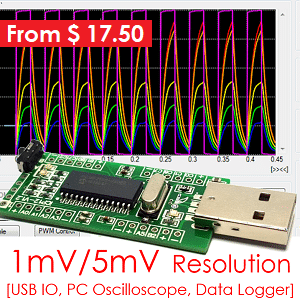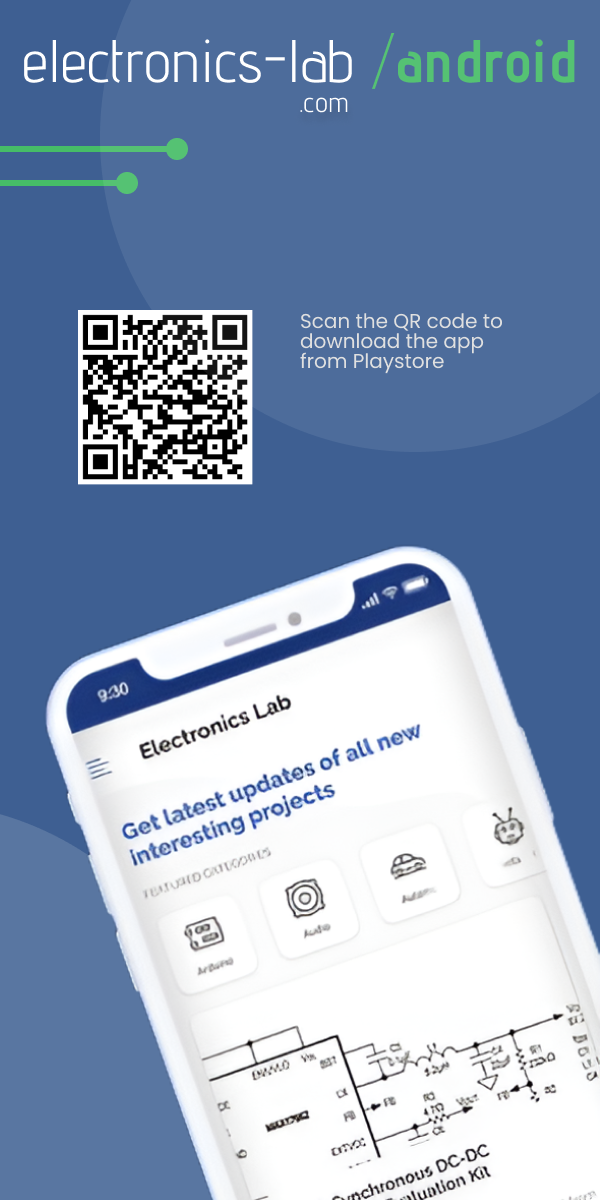
Pimoroni Presto is 4-inch Desktop Touch Display Development Board with RP2350 MCU and WiFi, RGB LEDs, Qwiic Expansion and More
The Pimoroni Presto is a compact 4-inch wireless desktop touch display development board built around the Raspberry Pi RP2350 MCU, which uses the Raspberry Pi RM2 wireless module, for both WiFi 4 and Bluetooth connectivity.
Designed for desktop use, it features a square 480×480 capacitive touchscreen, 8MB PSRAM, 16MB QSPI flash, a microSD card slot, USB-C power/programming port, and Qwiic/STEMMA QT expansion. It also includes seven RGB LEDs for ambient lighting, a piezo speaker, and comes mounted on a sleek black anodized aluminum stand. Pre-installed with MicroPython, it has various demo apps like a clock, photo frame, and environmental dashboards (requiring Qwiic sensors). With this feature, it targets developers, educators, and hobbyists looking for a visually appealing, WiFi-enabled HMI or IoT interface.
Previously, we have written about various display development boards, including the ESP32-C6-based board, the Lilygo T-Display K230 development board, the LILYGO T-Display S3 AMOLED Plus, and many other Feel free to check those out if you are interested in those.
Pimoroni Presto Specifications
- Microcontroller:
- Raspberry Pi RP2350
- Dual-core Arm Cortex-M33 @ 150MHz with TrustZone
- Dual-core Hazard3 RISC-V @ 150MHz
- Up to two cores usable at once
- 520KB SRAM
- Memory & Storage:
- 8MB PSRAM
- 16MB QSPI flash
- microSD card slot
- Display:
- 4-inch square IPS LCD
- 480×480 resolution
- Capacitive touchscreen
- Wireless:
- Raspberry Pi RM2 wireless module (CYW43439)
- WiFi 4 (802.11 b/g/n) and Bluetooth support
- USB:
- 1x USB Type-C port for power and programming
- Expansion:
- Qwiic/STEMMA QT (Qw/ST) connector for I²C peripherals
- Audio:
- Integrated piezo speaker
- Misc:
- 7x SK6812 RGB LEDs (Neopixel-compatible) for ambient effects
- Reset and boot buttons (boot button can be repurposed as a user input)
- Power:
- 5V via USB-C
- 2-pin JST-PH connector for external battery (3V to 5.5V, no onboard charging)
- Dimensions:
- 110 x 92 x 80 mm
- Mechanical:
- Black anodized aluminum stand with rubber feet
Pimoroni Presto ships with a MicroPython-based GUI pre-installed, making it easy to get started with touchscreen interfaces, sensor integration, and WiFi-enabled applications right out of the box. A built-in launcher offers several demo apps, including a stopwatch, photo frame, tomato timer, analog clock, and 3D animations. Additional MicroPython samples are available for I²C Qwiic modules, such as environmental sensors and an attitude indicator. If you want to get more information about the product or you want to get to low-level control for the device, you can check out the boilerplate project, which is a C++ development template provided by Pimoroni on GitHub.
The Pimoroni Presto display development board with an RP2350 MCU is priced at £69. If you want to make things simple and get started with you can get the full starter kit for £99. It includes the display, USB-C cable, microSD card with adapter, Qw/ST pad, sensor stick, and two Qw/ST cables.




















